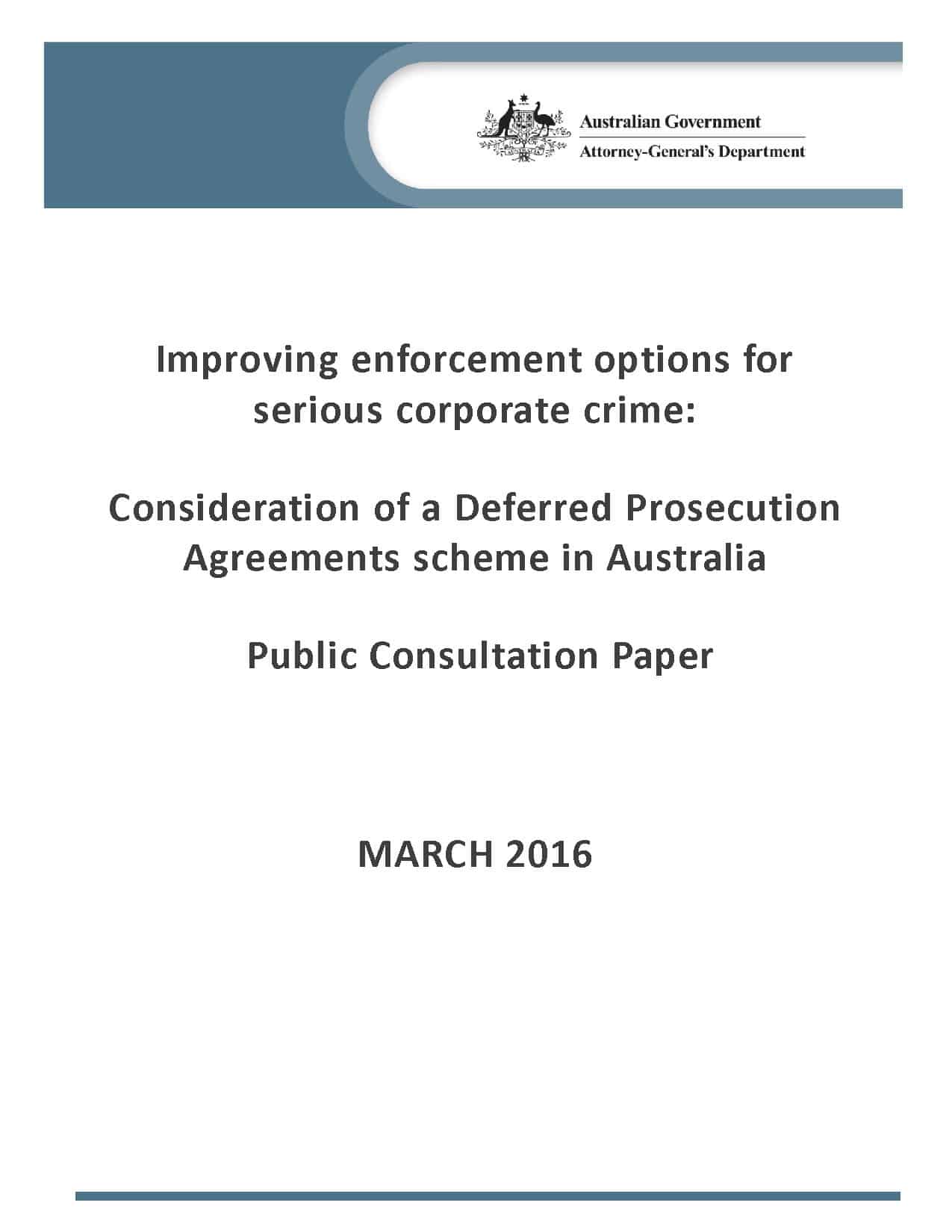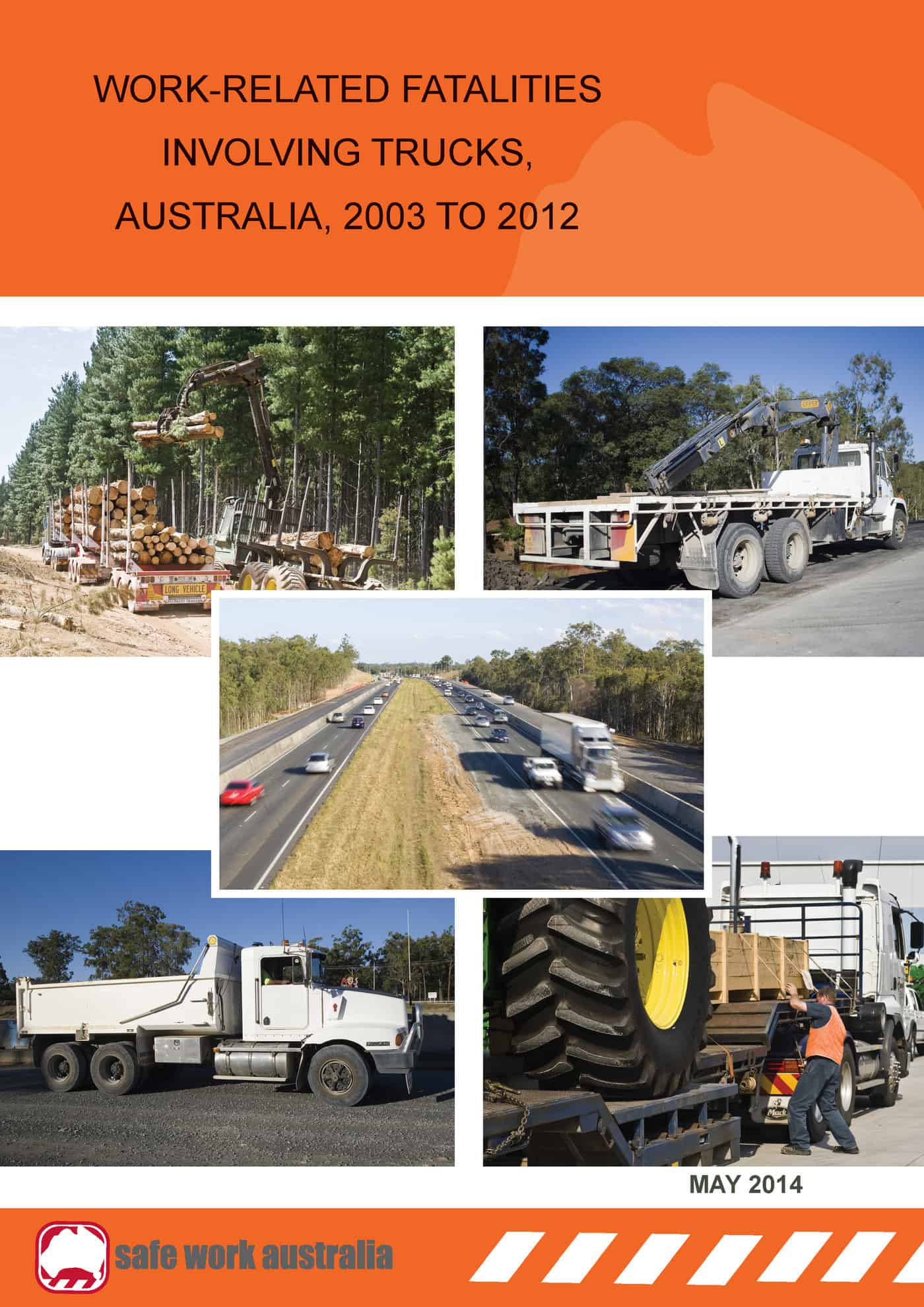It is common for workers, particularly trade union members, to insist that workers have a right to a safe and healthy workplace and work. Often this is said to be a Human Right. But does occupational health and safety (OHS) involve Human Rights or is the claim simply trade union hyperbole? Continue reading “Do workers have a human right to workplace health and safety?”
Category: justice
Remember industrial manslaughter laws?
 Last week’s article on “A new option for avoiding OHS obligations” caused one reader to send through a copy of a 2005 article written by Paul Breslin about Industrial Manslaughter.
Last week’s article on “A new option for avoiding OHS obligations” caused one reader to send through a copy of a 2005 article written by Paul Breslin about Industrial Manslaughter.
The article “
A new option for avoiding OHS obligations
 A major motivation for occupational health and safety (OHS) improvements in many businesses is the potential damage to a company’s reputation if someone is injured or killed from the company’s operations. Usually such an event would result in a prosecution by an OHS regulator but prosecution rates are variable and there are an increasing range of options and mechanisms, such as enforceable undertakings, available to companies in order to avoid a prosecution or financial penalty.
A major motivation for occupational health and safety (OHS) improvements in many businesses is the potential damage to a company’s reputation if someone is injured or killed from the company’s operations. Usually such an event would result in a prosecution by an OHS regulator but prosecution rates are variable and there are an increasing range of options and mechanisms, such as enforceable undertakings, available to companies in order to avoid a prosecution or financial penalty.
A new prosecution option has recently gained the attention of the Australian Government and one with which OHS professionals should become familiar as it could spread into their field of operations.
Missed lessons from work-related traffic incidents
 In early 2014 a truck driver drove his vehicle into an intersection, collided with a car resulting in the death of four out of five members of one family. The truck driver, Jobandeep Gill, has been sentenced to 10 years jail. Video of the incident site shows a company name on the side of the van. It is not possible to determine who Gill was driving for or what his employment status was but, regardless of this, it seems a work vehicle was involved in the death of four people, and therefore occupational safety laws (OHS) may have been broken.
In early 2014 a truck driver drove his vehicle into an intersection, collided with a car resulting in the death of four out of five members of one family. The truck driver, Jobandeep Gill, has been sentenced to 10 years jail. Video of the incident site shows a company name on the side of the van. It is not possible to determine who Gill was driving for or what his employment status was but, regardless of this, it seems a work vehicle was involved in the death of four people, and therefore occupational safety laws (OHS) may have been broken.
It is accepted by OHS regulators that a truck is a workplace for the driver and that OHS responsibilities of all workers include
“… take reasonable care for the health and safety of persons who may be affected by the employee’s acts or omissions at a workplace…” (Section 25 of the Victorian OHS Act 2004)
On 25 November 2015, Dr Rwth Stuckey stated at an ISCRR seminar that:
“WRR (work related road) crashes [are the] leading cause of traumatic work-related fatality & injury in most westernised countries.”
So why don’t OHS regulators follow-up WRR crashes by interviewing the truck owners or the employers of the drivers? Perhaps statistics don’t support Dr Stuckey?
Golden Rule, ethics, leadership and workplace safety
 There is a legislative basis for occupational health and safety (OHS) but before the laws, there was morality and it is this morality to which most OHS professionals will refer when asked why they work in Safety. But I know no more about morality than anyone else. So what do I do in these situations? I get a book.
There is a legislative basis for occupational health and safety (OHS) but before the laws, there was morality and it is this morality to which most OHS professionals will refer when asked why they work in Safety. But I know no more about morality than anyone else. So what do I do in these situations? I get a book.
The book I chose was by
Inquiry into precarious/insecure work includes OHS
2015 has been a big year for public attention on the exploitation of workers. In May, the Four Corners program revealed the exploitation of, largely, migrant or illegal workers in the food processing and vegetable growing sectors. In the last month, 7Eleven workers have featured, also after a Four Corners investigation in conjunction with Fairfax Media. In both cases, workplace safety has been mentioned but not featured.
In September 2015, the Victorian (Labor) Government released the
Stanley’s story is powerful and unforgettable
Recently I was telling a colleague to temper their online video strategy and consider extracting the audio tracks from which a podcast strategy coud be developed. The advantage of podcasts is they can be listened to, be more portable, less distraction and, I think, can be more powerful. Earlier this week I listened to a Canadian podcast/documentary about the familial and social effects of a workplace death in the 1950s.
“What can you tell me about Stanley?” is not a contrived plea for greater focus on workplace fatalities, as we often get from occupational health and safety regulators. It is a snippet of family history, a painful and secret family history about the death of an uncle and a brother in a steel mill in the 1950s. The podcast looks at coronial records, company records, notes taken at the time by Stanley’s brother and shows that shame that many feel around workplace deaths now, existed then.
I listened to the podcast several days ago but I shiver now when I recall some of the pain and surprise that the family experienced.
“What Can You Tell Me About Stanley” can be listened to as a straight tale of a workplace death and the way such an incident was perceived in the 1950s. But just as importantly, this should convince people of the power of simplicity in storytelling and social media. The documentary obviously took months to put together and the revelations to the family are clearly not linear but this effort provides a fascinating 30 minutes for your attention.
Think of Stanley when you are applying your OHS skills. You’ll be better for it.
